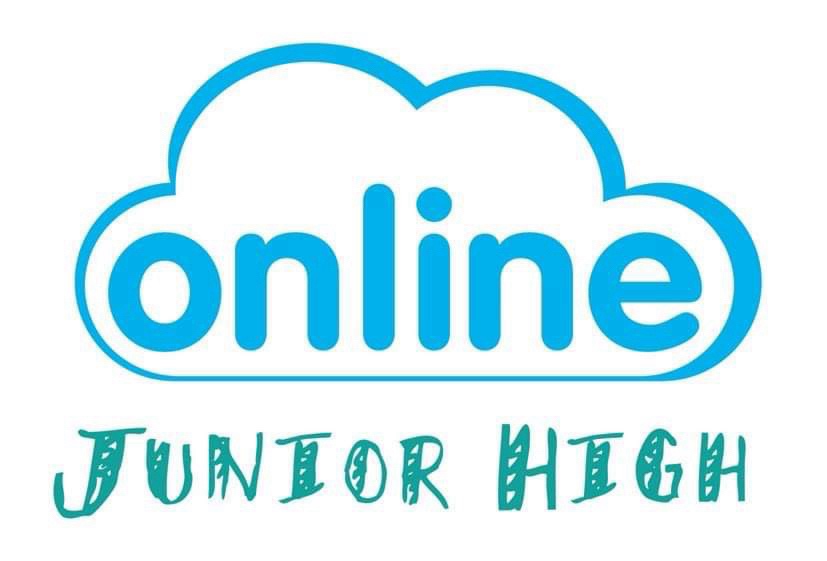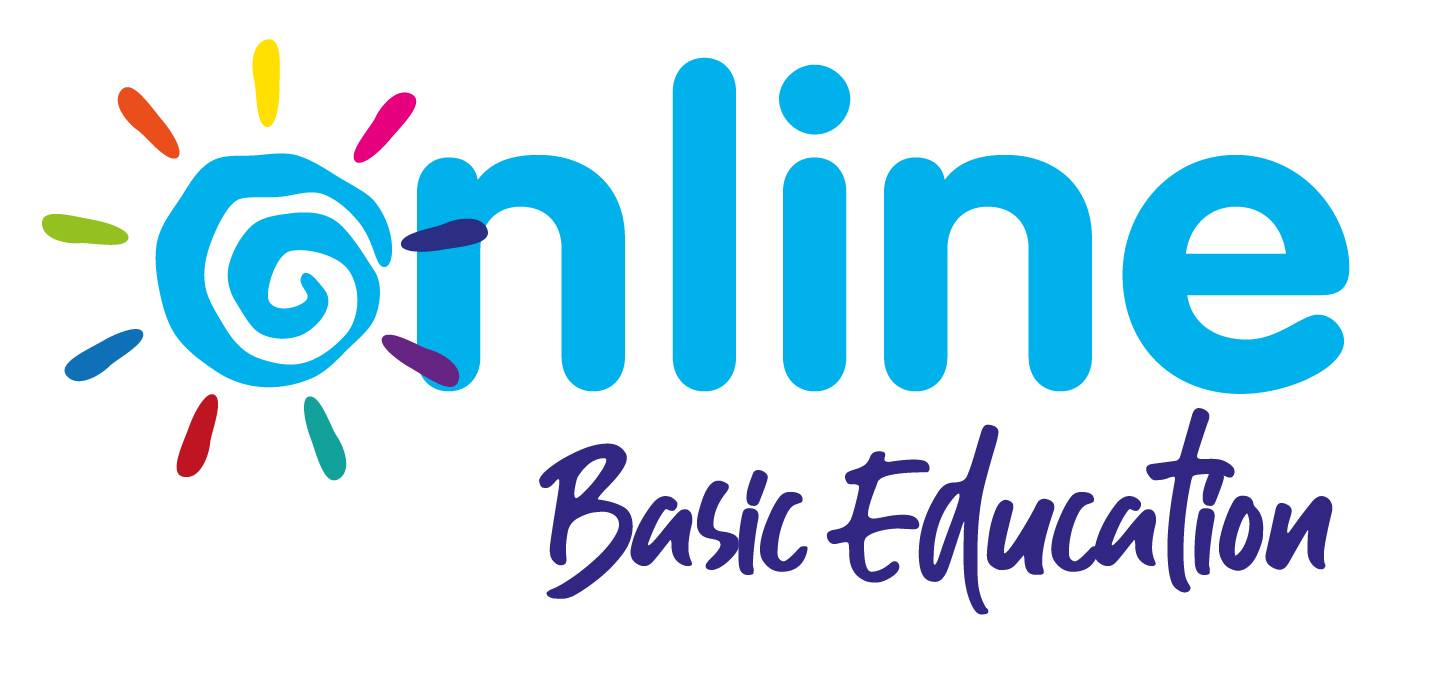Mass communication professionals help organizations create and deliver their message to large audiences through various media platforms. As a student who aspires to work in communication, you need to choose the right SHS strand for mass communication so you can start your career strong.
Make sure you’re making the right decision. Let’s discuss what is mass communication so you know what you’re getting into and the ideal strands you can take to maximize your education in online senior high school in the Philippines.
Mass Communication: Should You Study It?
Communication is at the core of our society – people communicate with each other, organizations communicate with each other and the public, governments communicate with their citizens, and so on. These entities need professionals to help them create, analyze, and deliver their messages to a large audience.
In mass communication, students learn about the art of communicating with a large audience. Students learn about different systems of communication, different aspects of mass media, theoretical models for composing messages and how they’re received, and their impact on society. Indeed, it’s an exciting field of study.
If you have been considering mass communication, then you know that graduates of this course go on to work in publication, journalism, radio, TV, digital media, advertising, or public relations. There are endless career options in this field, such as journalist, reporter, producer, communications officer, writer, graphic designer, and filmmaker.
But what do mass communication professionals do in these industries? Mass communication graduates play a variety of roles in their respective industries. They may strategize the best ways to deliver messages, compose the message for a specific medium, disseminate the message, or analyze how the audience receives and interprets messages.
Mass communication is the choice of college course for those who are interested in the media industry, whether it’s in print, broadcasting, advertising, or digital media. Students who are inclined in the arts can learn how to apply their talents to solve problems and communicate messages to audiences.
What is the Senior High School Strand for Mass Communication?
Although mass communication graduates can find jobs in a wide range of industries, graduates must face staunch competition in the field. Students stand to benefit a lot from building their competencies as early as senior high school. So, it’s imperative to choose the right mass communication SHS strand.
OEd offers five strands for SHS: Science, Technology, Engineering, and Mathematics (STEM); General Academic Strand (GAS); Humanities and Social Sciences (HUMSS); Accounting, Business, and Management (ABM); and Technical-Vocational Livelihood (TVL).
You can explore each of the strands in more detail in our guide to all strands in senior high school. In the next sections, we’ll talk about the two tracks that can prepare students for Mass Communication – HUMSS and GAS.

Humanities and Social Sciences
As its name suggests, the HUMSS strand’s curriculum focuses on humanities and social sciences. Students delve into psychology, sociology, philosophy, and literature.
The goal of this strand is not to teach technical knowledge but to cultivate open-mindedness, critical thinking, and creativity in students. The HUMSS course list includes classes that introduce students to culture, art, theories about human behavior, and philosophical ideologies so they can develop an appreciation for different cultures and perspectives.
An openness to different cultures, perspectives, and ideologies helps students develop their own unique perspectives that can help shape their creative endeavors and professional work. An in-depth understanding of different perspectives can help students of Mass Communication understand different audiences and, thus, craft an appropriate message.
The HUMSS strand also encourages students to think critically as they learn about different theories and ideologies. This is a vital competency when studying and, eventually, working in Mass Communication where professionals must formulate communication strategies based on information about the target audience and the organization’s goals and message.
The HUMSS strand also serves as a practice ground for dissecting and applying various theories and frameworks to real-life situations. Students should be accustomed to applying frameworks to find solutions to real-life problems.
HUMSS also cultivates students’ research and writing skills, which are relevant for mass communication professionals whether they work as managers or as creatives. Throughout their years in SHS, they’ll engage in various writing projects, such as reports and creative writing. They’ll be challenged to conduct extensive research and formulate their own arguments about a wide range of topics. These can serve as training grounds for writing reports or composing their original work, whether in the form of articles or films.
As the senior high school strand for mass communication, HUMSS also builds on students’ speaking and interpersonal skills by encouraging them to engage in various projects where they work with a team. As Mass Communication professionals, they should be capable of expressing their ideas confidently in any media, so our curriculum engages students in different formats.
Of course, HUMSS does not neglect mathematics and physical sciences. These courses not only provide basic information but also help hone students’ critical thinking and analytical skills. Mathematics, in particular, has applications in gathering and analyzing data about the performance of campaigns.
The Humanities and Social Sciences strand includes all the important courses and skills that will shape students to excel in a course like Mass Communications.

General Academic Strand
The General Academic Strand or GAS offers a versatile curriculum that touches on the subject matters of STEM, ABM, and HUMSS. As a result, this is also a suitable strand for those interested in pursuing a degree in Mass Communication.
GAS is a great choice for those who are interested in dealing with the more technical aspects of mass communication, such as those who conduct market research. Certain careers in mass communications require dealing with numbers and data, so they need a strong background in mathematics and business.
Students of GAS learn to apply their analytical skills to finding solutions to real-world problems. From a young age, they’re challenged to extract insight from available data, identify risks, and formulate strategies to achieve specific results – all of which are part of the roles of a mass communications professional.
GAS also exposes students to humanities and social sciences subjects. These courses cultivate students’ appreciation and understanding of culture, art, theories about human behavior, and philosophical ideologies. These perspectives can inform their approach to communication.
Naturally, the GAS strand also builds on students’ communication skills – both oral and written. Students have opportunities to give presentations, as well as socialize and collaborate with other individuals as they work on various projects. These are important skills since mass communication professionals often work in teams and speak in front of an audience. Thus, graduates must have strong communication skills and the confidence to speak to an audience.
As a strand in SHS for mass communication, GAS also develops students’ ability to write reports and creative pieces. Courses typically ask students to conduct research and write reports about various topics. So, they’ll have no problem writing and reporting about a variety of topics as professionals. However, they will also be trained to write creative pieces, such as essays or stories, that enhance their storytelling skills, which is at the core of any form of communication.
Overall, this is a great SHS strand for those who want a balance of technical and creative elements in their foundation. GAS can equip students with all the relevant knowledge and skills to think outside the box and be brilliant communication professionals.

Is This the Right Choice for Me: HUMSS vs. GAS
Whether you choose HUMSS or GAS, you’re guaranteed to be equipped with all the necessary knowledge and skills to excel in pursuing a Mass Communications degree.
The main difference between these two strands is their approach. Whereas HUMSS focuses more on social sciences and communication skills, GAS provides a strong foundation in business, physical sciences, and social sciences, as well as other soft skills.
Both HUMSS and GAS offer valuable and practical training for senior high schools that can help pave the way for a successful career in the future.
Be In Charge of Your Future with OEd
Your choice of senior high school strand for mass communication will have an influence on the career path you take after graduation. It’s important to choose one that matches your interests and career goals.
However, equally important to your SHS strand is your choice of school. As a provider of online learning in the Philippines, OEd provides a holistic curriculum to cater to the educational needs and interests of future mass communication professionals.
Send us a message to learn more about our SHS strands.








